Using nanoparticles fitted with ACE2 receptors, researchers hope to lure SARS-CoV-2 away from healthy cells to inhibit the virus and treat infection.
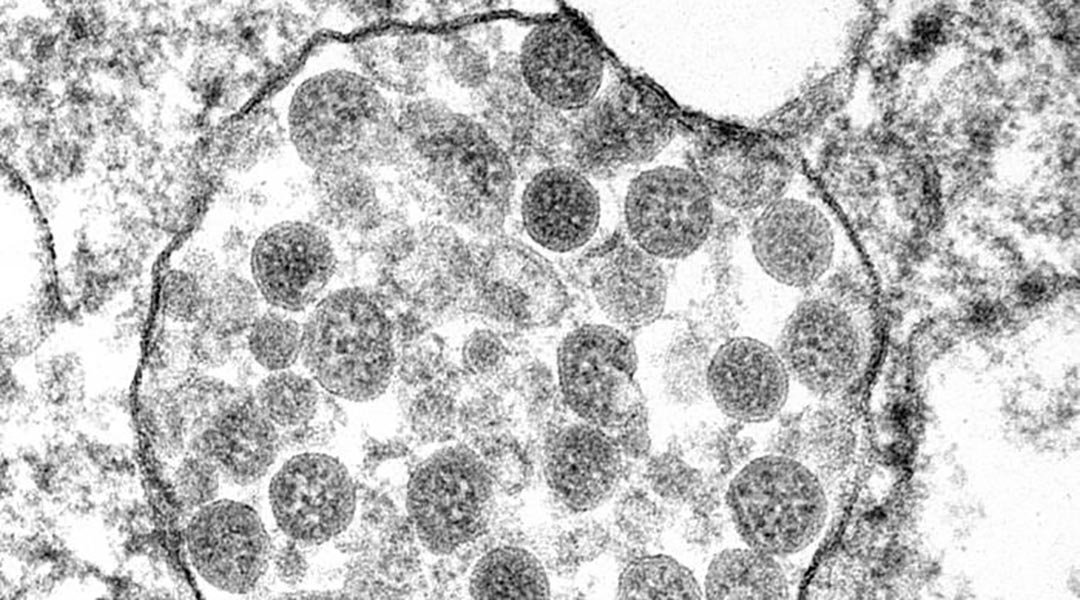

Using nanoparticles fitted with ACE2 receptors, researchers hope to lure SARS-CoV-2 away from healthy cells to inhibit the virus and treat infection.
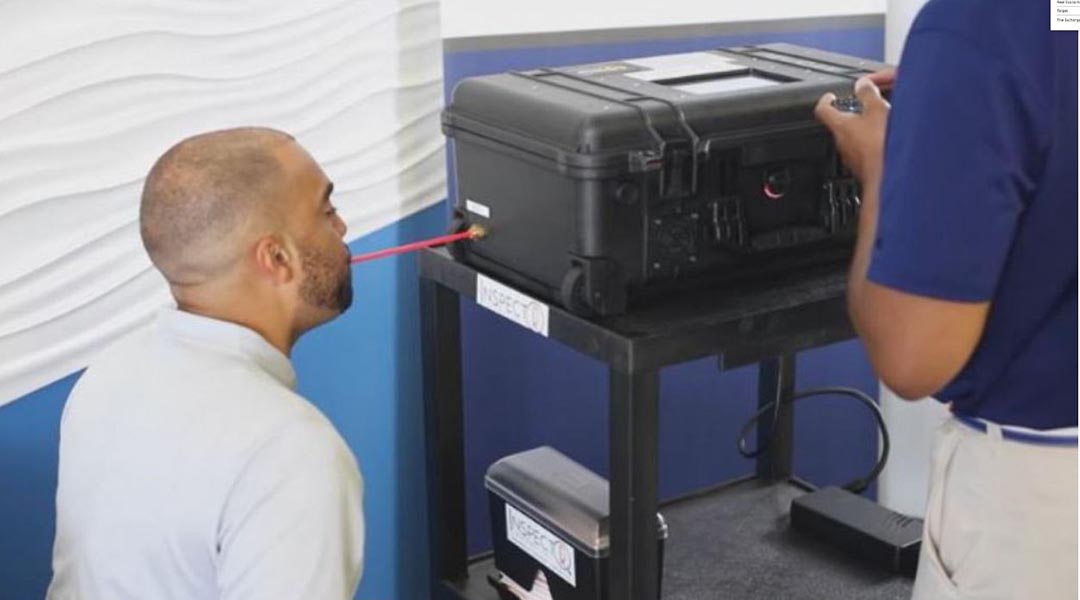
Using a chemical signature in the breath, a newly approved COVID-19 breathalyzer could provide an easy and rapid means of testing.
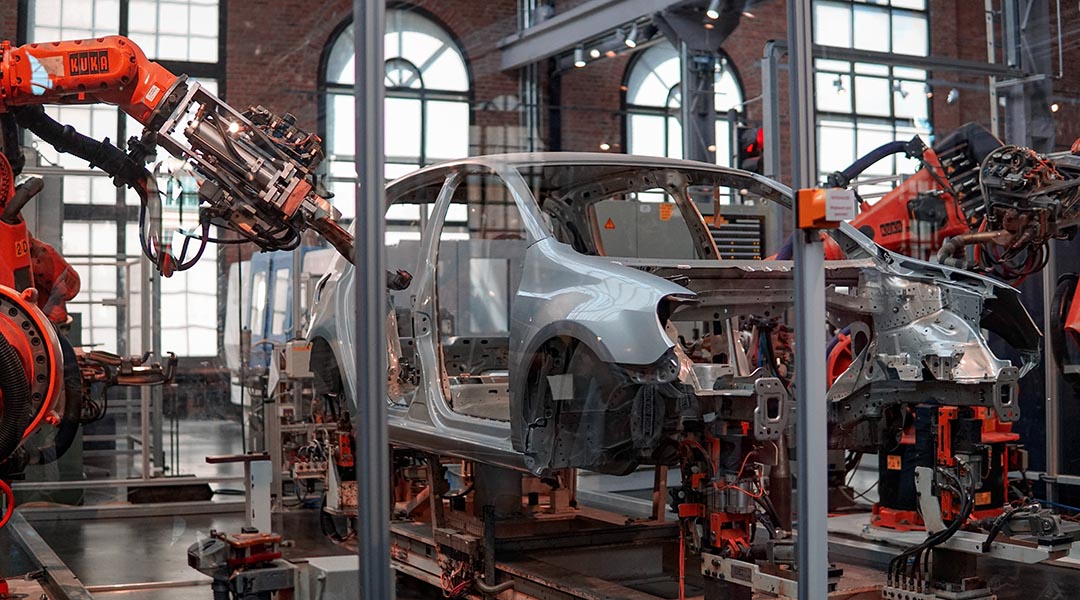
Researchers calculate the automation risk of almost 1000 existing occupations and provide alternatives based on skill set.
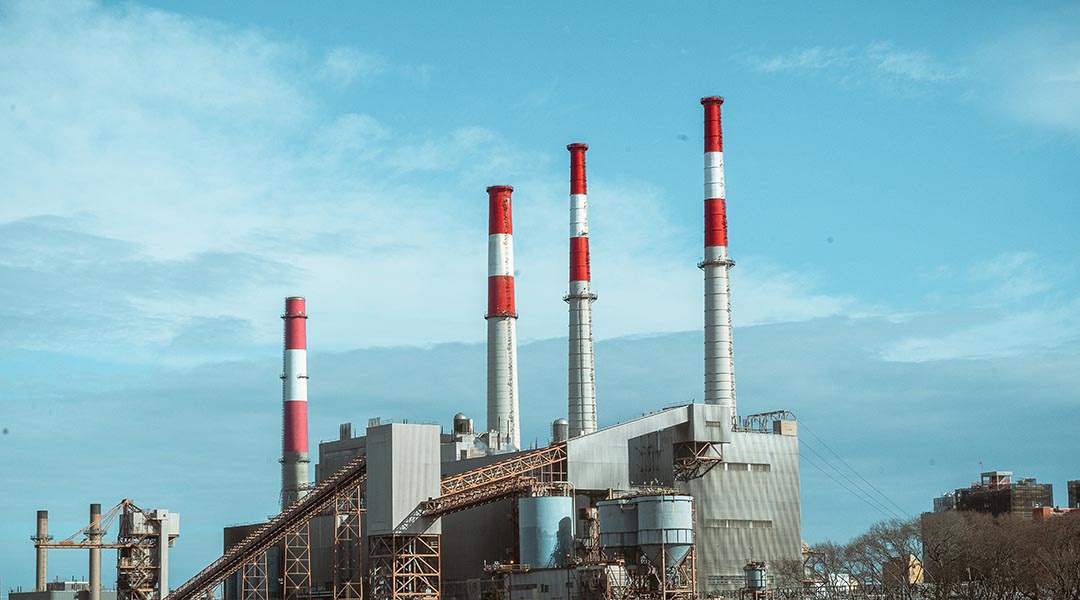
Decarbonizing the chemical industry is possible, provided decreases in the cost of solar energy and increases in LED efficiency continue.
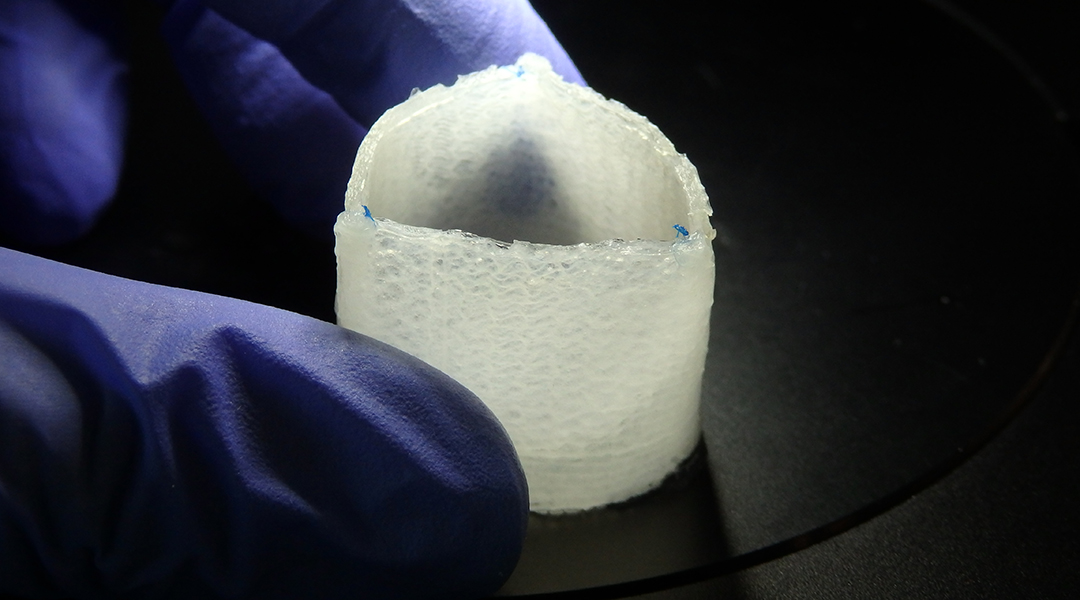
To avoid the need for repeated surgery, scientists are developing durable artificial heart valves from regenerated tissue.
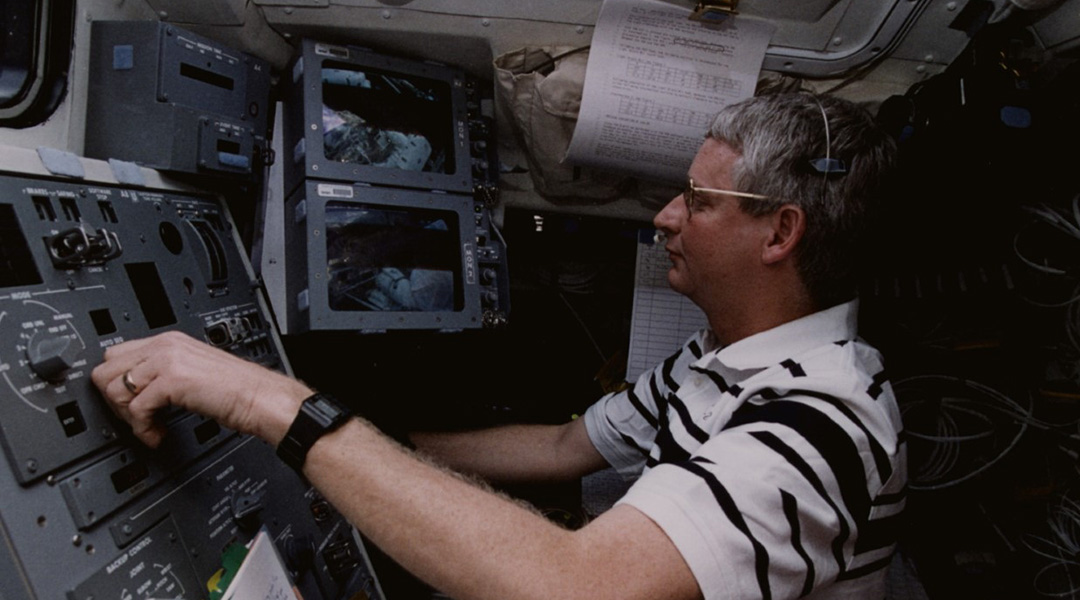
Astrophysicist and retired NASA astronaut Steven Hawley takes us through his fascinating career.
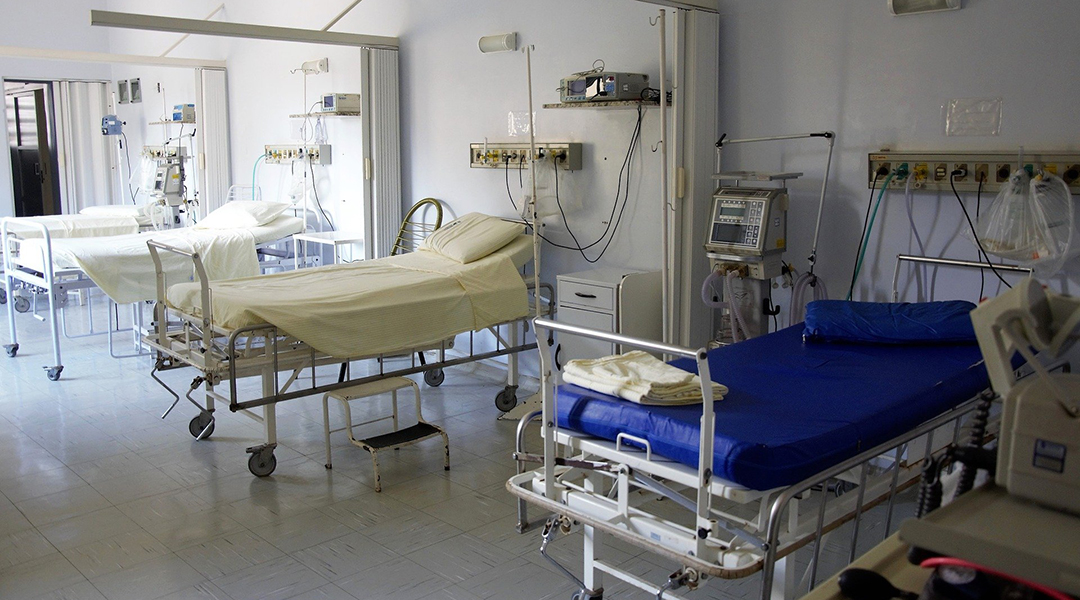
A non-invasive means of monitoring intra-abdominal pressure using a wireless radar system could save lives in the ICU.
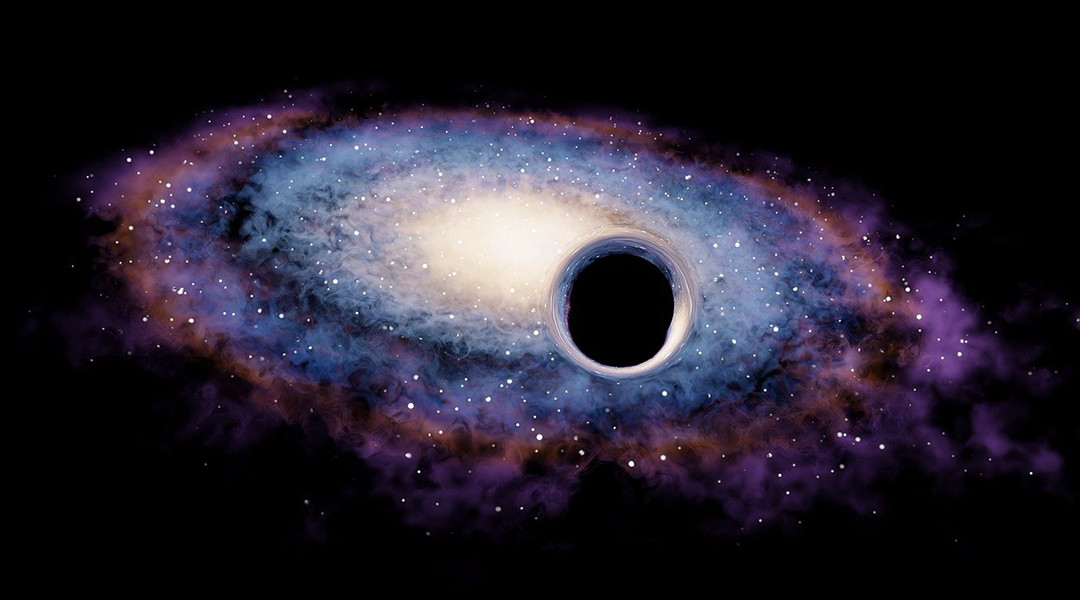
A new theory for the origin and nature of dark matter resolves some inconsistencies between cosmological predictions and astronomical data.
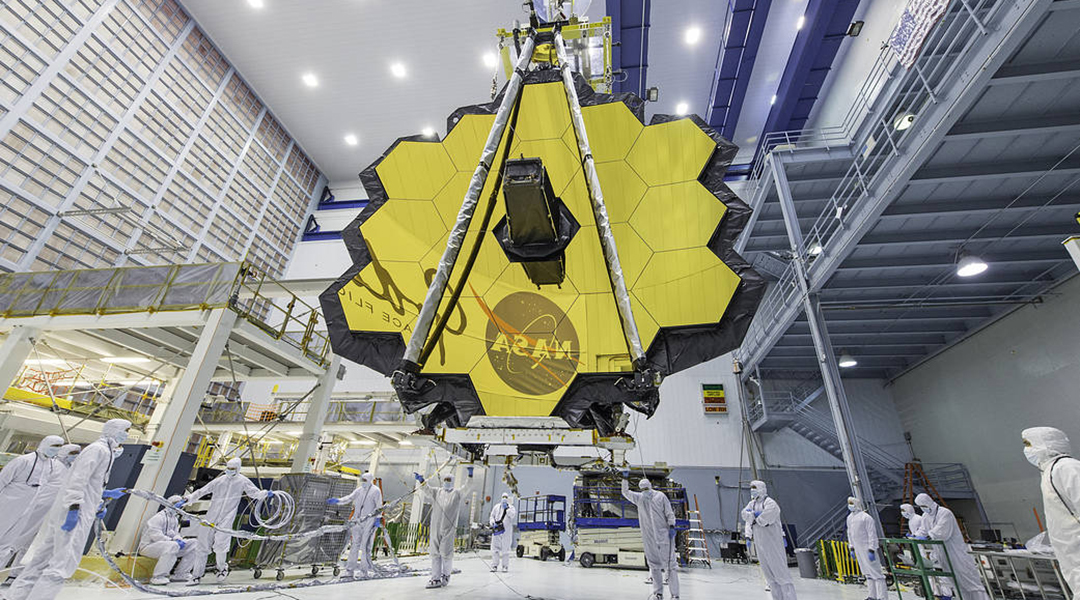
The new James Webb Space Telescope will collect infrared light from distant corners of the cosmos, enabling scientists to see further than ever before.
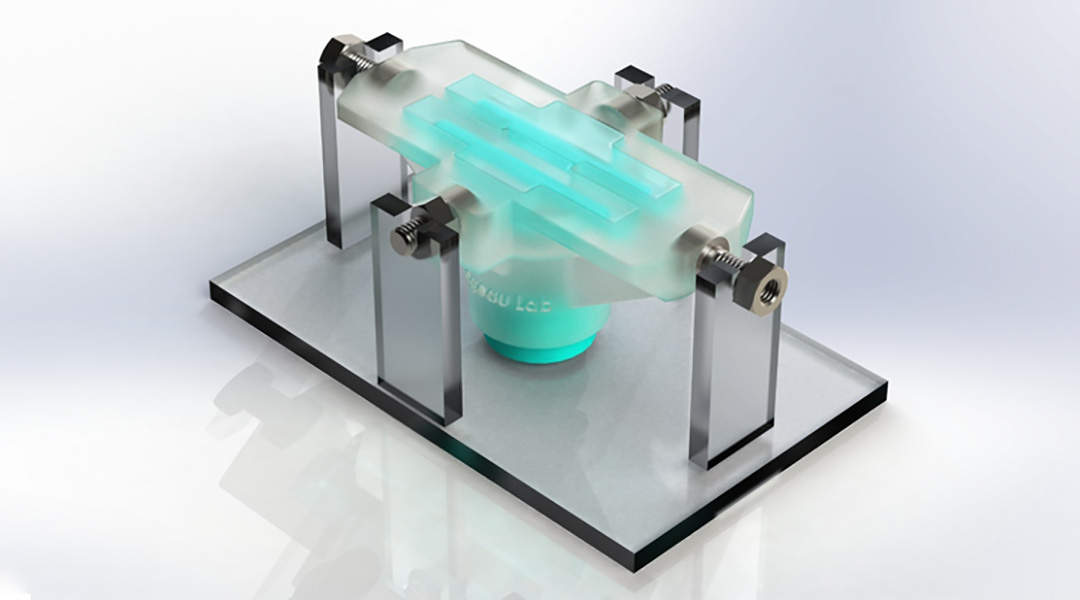
A new hydrogel supports living cells and can withstand dynamic environments to help repair tissue in the heart, muscles, and vocal cords.